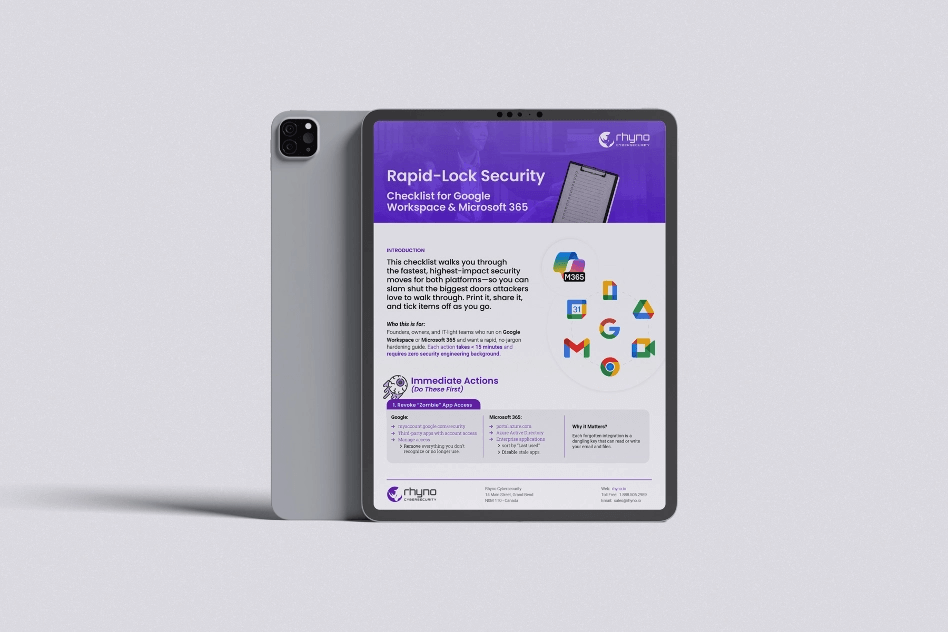In the ever-evolving world of cybersecurity, no system can claim to be 100% secure. This is where penetration testing, often referred to as pentesting, comes into play. It serves as a comprehensive process that scans, evaluates, and fortifies all the essential components of an information system against potential cyberattacks. Furthermore, bug bounty programs have emerged as valuable tools for companies seeking to uncover security vulnerabilities within their systems. But how exactly do penetration testing experts utilize these programs to legally identify and address organizational weaknesses? Let’s delve into the Stages of Penetration Testing
[FREE E-BOOK] The Definite Blueprint for Cybersecurity in Manufacturing
1. Initial Data Collection and Tracking:
In both bug bounty programs and penetration testing, understanding the target system is the initial crucial step. The penetration tester needs to strategize and choose the most effective attack and test methods based on the information gathered, considering the array of options available.
This phase involves extracting essential details such as domain names, network blocks, routers, and IP addresses from the target system’s infrastructure. Additionally, obtaining employee data and phone numbers is vital to facilitate the impending attack.
Open source data can unveil critical insights during this stage. Ethical hackers rely on various sources, focusing on the target institution’s website and social media platforms. This intelligent gathering lays the foundation for a successful bug bounty program.
It’s important to note that most bug bounty organizations have specific guidelines for penetration testers. Adhering to these guidelines is a legal requirement.

2. Active Data Gathering and Scanning:
Building upon the initial passive data collection, active data gathering and scanning are vital steps in bug bounty programs and penetration testing. The earlier passive collection phase aids in identifying both active and passive devices within the IP range. The penetration tester then uses this data to determine the necessary tests.
In this stage, the hacker delves deeper, acquiring insights into live systems, including their operating systems (OS), open ports, services, and software versions.
However, it’s important to note that the extent of this information gathering may vary based on whether the organization authorizes the penetration tester to monitor network traffic. When granted this authority, critical system infrastructure data can be obtained comprehensively. Yet, it’s common for organizations to deny this access. The penetration tester must adhere to the stipulated rules and guidelines in such cases.
3. Analysis and Testing
Once the potential response of the target application to intrusion attempts is understood, the penetration tester proceeds to actively connect with real systems and initiate direct inquiries. Ethical hackers leverage tools like FTP, Netcat, and Telnet to interact with the target system at this juncture.
While initial attempts may not succeed, the objective is to thoroughly test and meticulously record the information-gathering data.
4. Exploitation and Manipulation: Penetrating Like a Hostile Hacker
In this critical phase, the penetration tester harnesses all the data gathered in previous steps to infiltrate the target system just as a real hacker would. This step holds immense significance because penetration testers must emulate the tactics of hostile hackers.
During this stage, the pentester leverages key details about the target system, including its operating system (OS), open ports, services, and specific vulnerabilities based on their versions. With their extensive code and libraries, web-based portals and applications offer a larger surface area for potential attacks. A skilled penetration tester explores all available options and implements various attack paths.
Successfully executing existing exploitation methods in a flexible manner, taking control of the system without causing damage or leaving traces, requires substantial expertise and experience. This stage is arguably the most critical phase of the penetration test, as cyber attackers must leave traces that forensic computing teams can subsequently analyze and act upon.

5. Privilege Elevation Attempt
The strength of systems lies in their weakest points. Ethical hackers often start by logging in as low-authority users. In this stage, the penetration tester focuses on exploiting vulnerabilities within the operating system or environment, aiming to attain administrator-level authority.
Once these privileges are secured, the objective is to extend control to additional network devices, eventually targeting roles such as Domain Administrator or Database Administrator.
6. Reporting and Presentation
After completing the penetration test and bug bounty steps, the penetration tester or bug hunter needs to present a comprehensive report to the organization. This report should detail the security vulnerabilities identified in the target system, the methods used for testing, and the exploitation techniques employed. Visual aids such as pictures, sample scripts, attack stages, and descriptions of vulnerability effects should be included to enhance understanding.
The final report should highlight the weaknesses and propose potential measures to close the security gaps. It’s vital to maintain the sensitivity and independence of penetration tests, keeping specific details undisclosed. Ethical hackers are bound by a duty of confidentiality and must never reveal any confidential information discovered during the assessment or mislead others, as such actions are strictly prohibited.
Why Is Penetration Test Important?
The primary objective of penetration testing is to evaluate the security of a system’s infrastructure from the viewpoint of a potential attacker and subsequently address vulnerabilities. It assesses an organization’s security posture, evaluates the relevance of security policies, tests personnel security awareness, and validates the effectiveness of cybersecurity implementations.
There is an increasing need for more penetration tests, particularly conducted by certified ethical penetration testers. These professionals play a critical role in assessing and enhancing the security of both corporate and personal application infrastructures.
MANAGED CYBERSECURITY SOLUTIONS
Rhyno delivers a range of activities that combine to fully protect your infrastructure and data from cybercriminals, anywhere and everywhere, 24/7/365.
About Rhyno Cybersecurity Services
Rhyno Cybersecurity is a Canadian-based company focusing on 24/7 Managed Detection and Response, Penetration Testing, Enterprise Cloud, and Cybersecurity Solutions for small and midsize businesses.
Our products and services are robust, innovative, and cost-effective. Underpinned by our 24x7x365 Security Operations Centre (SOC), our experts ensure you have access to cybersecurity expertise when you need it the most.

